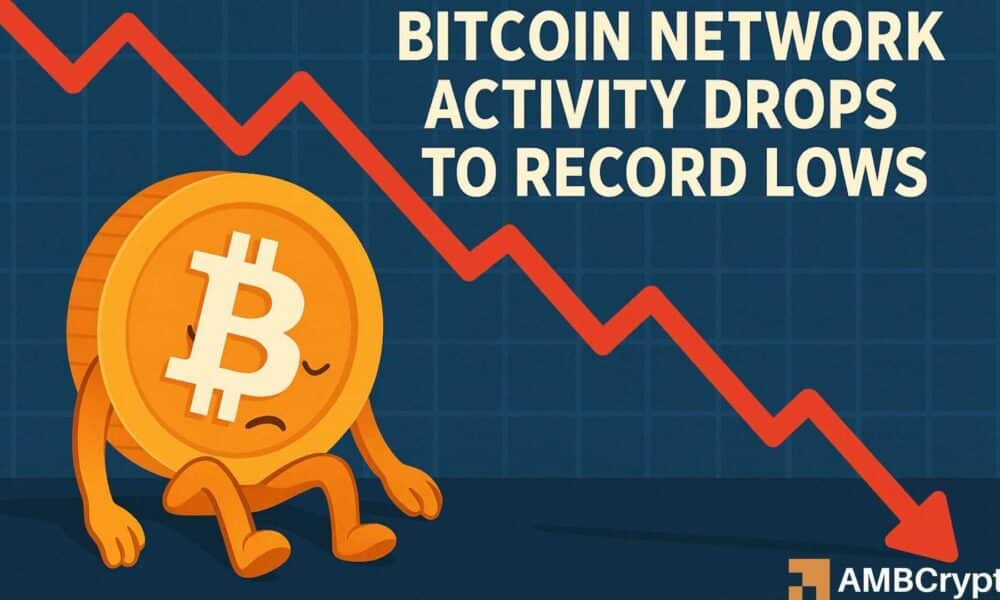- Ethereum is undergoing a similar pattern of aggressive loss realization as seen in the 2022 bear market.
- A potential inflection hinges on the emergence of a strong demand-side absorption zone.
The current sell-side liquidity from Ethereum [ETH] whales remains heavily concentrated within the $1.4k–$1.6k execution zone.
In the wake of ETH’s drop to a multi-year low, catalyzed by a risk-off sentiment regime and broad deleveraging, large entities have initiated aggressive distribution cycles.
A prime example is Galaxy Digital, which has recently engaged in sizable on-chain distribution.
Over the last six trading sessions, Galaxy offloaded 62,181 ETH worth $99.46 million, with an average on-chain transfer price of $1,599.
According to AMBCrypto, a demand-supply equilibrium within this zone is a necessary precondition for a high-conviction breakout or a transition into structural accumulation.
Until this equilibrium forms, price action is likely to remain range-bound or distribution-biased.
Waiting on market exhaustion to catalyze a recovery
The last time Ethereum experienced such significant sell-side pressure was during the 2022 bear market, as evidenced by the Net Realized Profit/Loss (PnL) remaining consistently in the red.
A comparable aggressive loss realization has unfolded this year, particularly since mid-February, when ETH was trading within the $2.7k–$3k range.
Hence, indicating substantial liquidation activity and capitulation among holders, as Ethereum lost more than 50% of its market valuation, amplifying realized losses across the network.
Unless the metric shifts into positive territory (green), indicating that holders are transitioning from loss realization to profit-taking, true sell-side exhaustion is unlikely to materialize.
Consequently, to catalyze a recovery, a pronounced supply-demand imbalance must emerge.
In essence, bid-side absorption must outweigh the persistent sell pressure – restoring confidence among holders and reintroducing favorable conditions for realized profits to return.
Price threshold that could signal Ethereum’s resurgence
According to the Net Realized Profit/Loss (PnL) chart, at the current price of $1,583, approximately 300 million ETH tokens have realized losses, with the realized price at $1,982.
This suggests that a substantial portion of the market remains underwater, as holders who acquired ETH above $1,982 are currently realizing paper losses.
A bullish reversal would require price action to surpass the realized price, to prevent mass capitulation. Mathematically, this would necessitate a 20%+ price appreciation from current levels.
However, the path to such a recovery is clouded by rising exchange reserves, with approximately 40 million ETH deposited onto exchanges since the 2nd of April.
This influx of supply into exchanges suggests sell-side pressure, reinforcing the prevailing FUD in the market.
Without demand-side absorption, a bullish reversal remains unlikely, leaving Ethereum susceptible to further distribution phases driven by continued realized losses.
















No comments yet